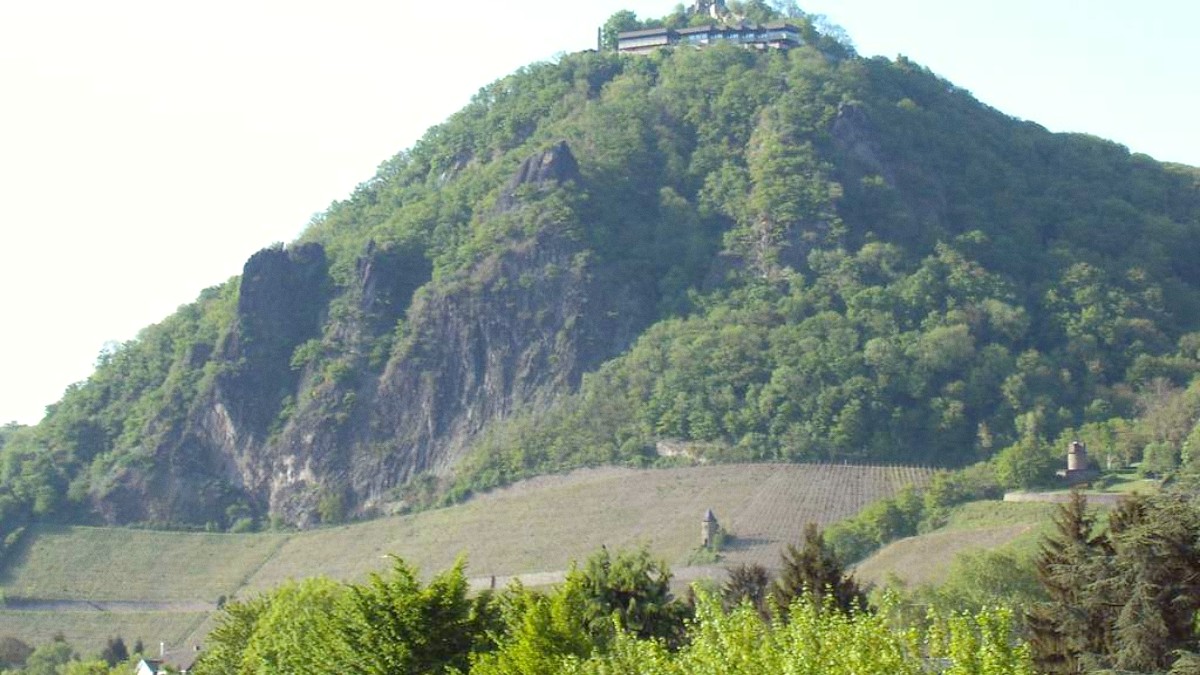
North Rhine Westphalia, Germany
Bonn offers an integrated public transit network.
The system runs from early morning (around 4:30 AM to 5:00 AM) until late at night (around 12:30 AM to 1:00 AM). Night bus services operate on weekends and public holidays. Frequency varies by line and time of day, with peak hours having services every 5-10 minutes. Bonn's public transport works to be more accessible, with many low-floor vehicles and major stations having ramps or elevators.
Fares are based on Preisstufen (price levels). Bonn city center is Preisstufe 1b.
Single, 4-trip, 24-hour (individual/group), weekly, monthly. A separate bicycle ticket (FahrradTicket) is needed if bringing a bike.
Validate your ticket at blue machines on platforms or inside vehicles before travel. Purchase from machines, VRS centers, Kiosks, or via VRS app or DB Navigator app.
Cream-colored with "TAXI" sign.
On street (light on) or at stands.
Metered (base + per-km). Short ride ~€8-€15.
Uber, Free Now (for licensed taxis).
For greater independence, consider renting a vehicle or a bicycle.
Largely pedestrianized around Markt, Münsterplatz, and shopping streets.
Excellent for leisurely walks with river and Siebengebirge views.
Hofgarten (park near university) and Poppelsdorfer Allee (tree-lined boulevard to palace) offer charming paths.
Beyond standard options, Bonn offers unique ways to travel and explore.
Several companies offer themed walking tours focusing on Beethoven's Bonn, political history, or cherry blossoms.
Check Bonn Tourism website.
Obtain free maps from tourist information offices or use navigation apps on your phone.
Create your own routes.
City center (Markt, Münsterplatz, shopping streets) and Rhine Promenade are great for walking.
Hofgarten and Poppelsdorfer Allee too.
Bonn's compact size and green spaces are ideal for exploring on foot or by bike.
The Bonn-Linie offers an easy way to see major attractions at your own pace.
A historic funicular in Königswinter, ascending Drachenfels mountain.
KD offers scenic cruises along the Rhine, connecting Bonn with other cities.
Bonn's diverse transportation options suit every traveler. Whether you prefer efficient public transit, independent car travel, or leisurely walks/cycles, the city is ready for your exploration.